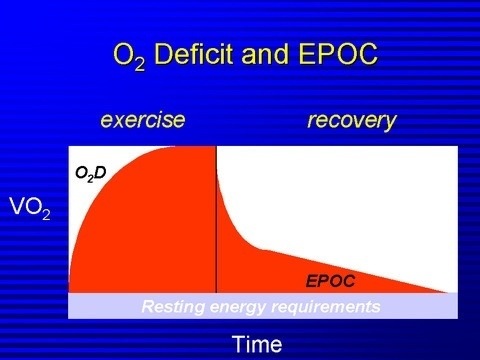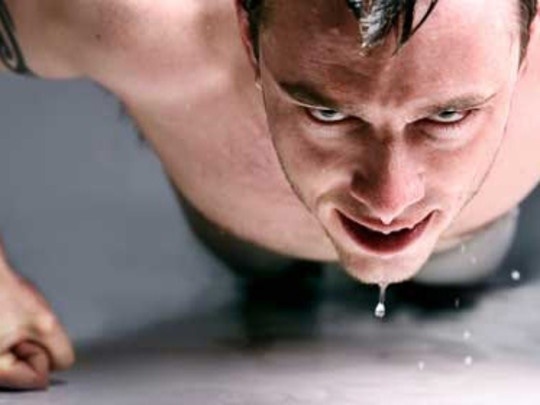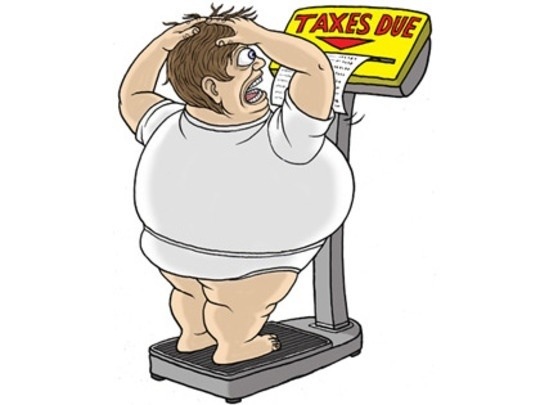There are so many myths about fitness – untruths that seem to continue to get buzz no matter how often they are debunked. In the spirit of ditching the fiction in order to drop the weight, I’ve isolated 5 of the most stubborn fitness myths still making the circuit, along with advice that’ll get your workout on track for success. Each myth has been around as long as I can remember. Each myth has also been debunked for as long as I can remember, yet, myth by myth – each one prevails.
Spot Reduction Myth The plain truth is there is no way to spot-reduce body fat from a specific area. Fat is burned from body areas in genetically pre-determined patterns that have no relationship to the exercises or muscles being used. So no matter how many crunches or triceps kickbacks you do, the excess body fat in your abdomen or upper arms may not budge.
Muscle Turns to Fat Myth This is one of my favorites. The idea that one type of biological tissue (aka muscle) can miraculously turn into a completely different type of biological tissue (aka fat) is far fetched to say the least. Nevertheless, there are still a lot of people who believe this can happen. Muscle does not turn to fat, nor does fat turn to muscle. However the saying “use it or lose it” is very true when it comes to muscle. If you are not engaging in some sort of physical activity to prevent this It will atrophy, and usually as a result you will gain some body fat.
Sweating Equals Weight Loss Sweating is your body’s way of regulating its temperature. As the water evaporates from your skin it creates a cooling effect. This has nothing to do with weight loss especially body fat loss. It may contribute slightly to weight loss in the form of losing water weight, but this is usually reversed when you re-hydrate after a workout. Excessive sweating while working out can actually be dangerous due to the possibility of dehydration. Some people will start to sweat with just a mention of working out while others can go crazy in the gym without a sign of the slightest bead. It does not impact weight loss one way or the other. Another very important note on this is that sitting in a sauna or steam room not only won’t help you lose weight but it is not a form of exercise.
Cardio For Weight Loss More and more professionals are coming around to the idea that long duration steady-state cardio or as I like to call it, the “hamster on the wheel” type workouts, are really not that efficient. As an alternative, higher intensity intervals are a great way to reduce the time while cranking up the caloric burn. Another terrific option is strength/cardio cross-training where you are performing bouts of weight lifting with cardio-esque bodyweight moves like jumping jacks and squat thrusts. Yet another change-up is trading in your boring 60-min treadmill trek for 20 minutes of a high-energy game of soccer, volleyball, or basketball. Take your pick and start seeing results.
Fat Burning Zones Step on any piece of cardiovascular equipment, and once you have figured how to turn it on, you will most likely be asked to choose the type of program you want to perform. A standard choice has always been something called the “fat burning zone.” You may also see a diagram telling you the spectrum of intensity where your specific fat burning zone is, giving you the impression that fat is only burned when you are exercising in this magical zone. Truth is, you are burning fat all the time, even while you sit and watch TV. The concept behind these fat burning zones is that you will burn more fat calories by staying at a lower intensity – something these machines profess to help you carefully dial in.
Although the principle might be true, the part most people don’t understand is that the total number of calories is more important, even if a higher amount comes from carbs. Ultimately, you will burn both more calories in total and more calories from fat, with a higher intensity, and most likely this can happen at a shorter duration. So forget the fat burning zones and go for the great overall caloric burn.




